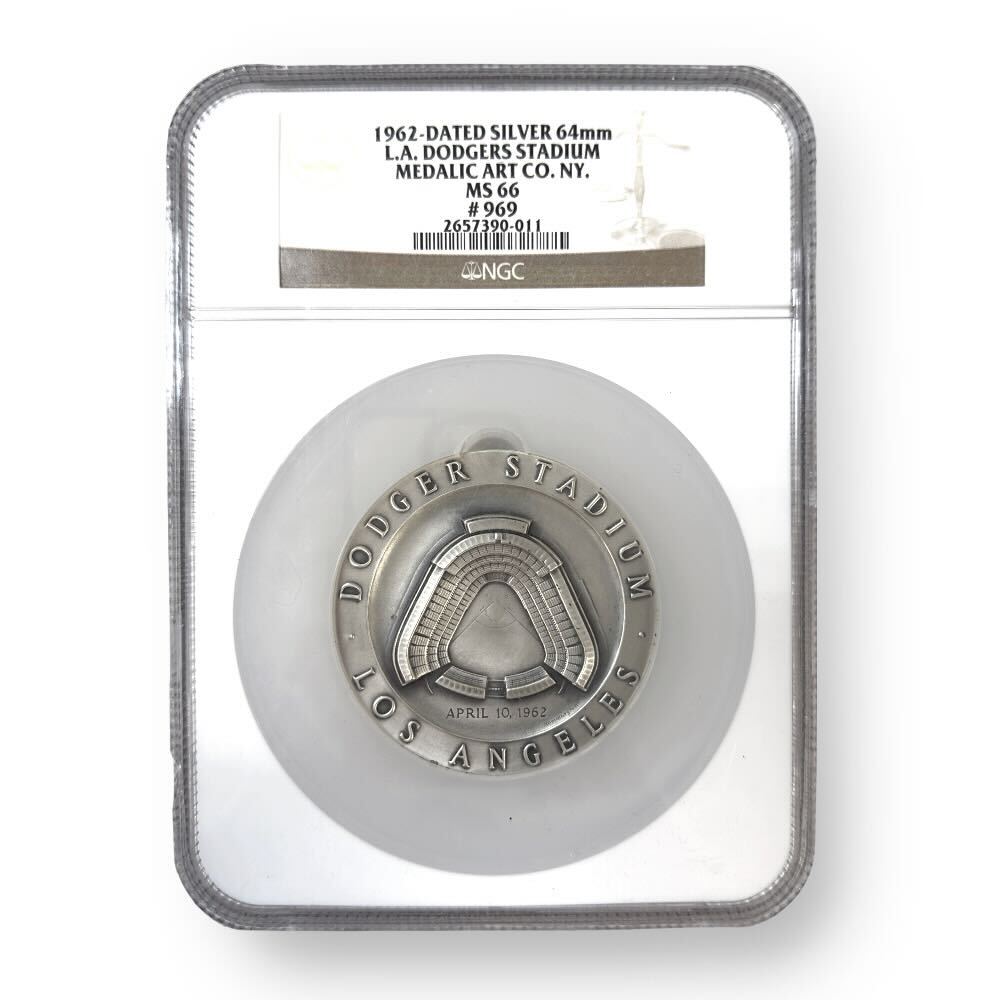- Back to:
- $10 Notes

1929 $10 Federal Reserve Note Philadelphia PA F-VF
| Qty | Wire/Check | Bitcoin | CC/Paypal |
| Any | $49.00 | $49.49 | $50.96 |
The 1929 $10 Federal Reserve Note from Philadelphia, PA, is a remarkable artifact of American monetary history. Issued during a period of significant economic upheaval, this note provides insight into the country's efforts to stabilize and modernize its currency system. The year 1929 marked the beginning of the Great Depression, a time when financial institutions faced unprecedented challenges. In response, the Federal Reserve implemented measures to ensure the availability of reliable currency, including the issuance of the 1929 series of Federal Reserve Notes. These notes were part of a broader strategy to bolster confidence in the financial system and facilitate economic recovery.
The design of the 1929 $10 Federal Reserve Note is a testament to the artistry and craftsmanship of the era. The obverse side of the note features a portrait of Alexander Hamilton, the first Secretary of the Treasury. Hamilton's profound influence on the development of the United States financial system makes his inclusion on the note particularly fitting. His portrait is framed by an intricate oval, surrounded by elaborate scrollwork that enhances the visual appeal of the note. Above Hamilton's image, the words "FEDERAL RESERVE NOTE" are prominently displayed, indicating the note's official status and authenticity.
To the left of Hamilton's portrait, the Treasury seal is prominently featured, symbolizing the authority and oversight of the United States government. The serial numbers, which are unique to each note, are located to the right of the portrait, adding an element of security and traceability. The overall layout of the obverse side balances aesthetic elegance with practical functionality, ensuring both the note's beauty and its effectiveness as a medium of exchange. The detailed engraving and precise printing techniques used in creating the note are evident in the clarity and intricacy of the design elements.
The reverse side of the 1929 $10 Federal Reserve Note is equally impressive, featuring an image of the U.S. Treasury Building. This depiction underscores the significance of the Treasury in managing the nation's finances and maintaining economic stability. The Treasury Building, with its classical architectural elements, symbolizes the strength and resilience of the American financial system. The detailed rendering of the building on the note highlights the meticulous craftsmanship that went into its creation, showcasing the high standards of design and production upheld by the Bureau of Engraving and Printing.
The 1929 $10 Federal Reserve Note was issued by the Federal Reserve Bank of Philadelphia, one of the twelve regional banks in the Federal Reserve System. The specific issuing bank is identified by the letter "C" and the number "3" within the Federal Reserve seal on the note. This decentralized system of issuance allowed the Federal Reserve to address the diverse economic needs of different regions, ensuring efficient distribution and management of currency. The Philadelphia Fed played a crucial role in supporting the regional economy during the challenging economic conditions of the late 1920s and early 1930s.
The paper used for the 1929 $10 Federal Reserve Note is a high-quality blend of cotton and linen, chosen for its durability and resistance to wear and tear. This material ensured that the notes could withstand the rigors of daily use, while maintaining their structural integrity and legibility over time. Despite the robust construction, many notes from this era exhibit signs of circulation, such as folds, creases, and minor stains. These characteristics add to the historical authenticity and charm of the notes, reflecting their journey through the hands of countless users during a tumultuous period in American history.
The mintage of the 1929 series was substantial, with millions of notes produced to meet the economic demands of the time. The exact mintage figures vary depending on the issuing Federal Reserve Bank, but the widespread issuance highlights the essential role these notes played in everyday transactions. The extensive circulation of the 1929 $10 Federal Reserve Note underscores its importance in the nation's financial history, serving as a vital tool for commerce and trade during an era of significant economic challenge.
The condition of this particular 1929 $10 Federal Reserve Note from Philadelphia is graded as Fine to Very Fine (F-VF). This grading indicates that the note has experienced moderate circulation but retains a significant amount of its original detail and structure. The finer elements of the design, including Hamilton's portrait and the Treasury Building, remain clear and well-defined, though there may be some signs of wear, such as slight fading of the ink and minor creases. The edges of the note are generally intact, and the paper, while showing signs of handling, maintains its overall integrity and durability.
The 1929 $10 Federal Reserve Note stands as a testament to the resilience and evolution of the American economy during the early 20th century. Its design, featuring Alexander Hamilton and the U.S. Treasury Building, encapsulates the importance of stability and governance in the financial system. With its durable construction and historical significance, this note is a valuable addition to any collection, offering a glimpse into a transformative era in American monetary history. The meticulous design and historical context make it a prized piece for collectors and historians alike.








